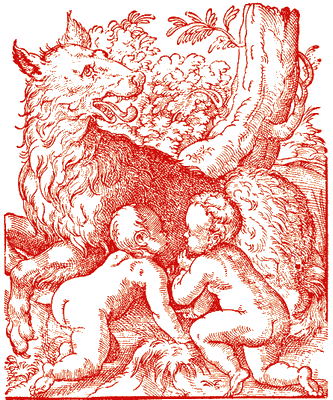|
|
Please note that Mommsen uses the AUC chronology (Ab Urbe Condita), i.e. from the founding of the City of Rome. You can use this reference table to have the B.C. dates
From: The History of Rome, by Theodor Mommsen
Translated with the sanction of the author by William Purdie Dickson

Page 2
Thus in the place of Tiberius Gracchus there was appointed the father-in-law of his brother Gaius, Publius Crassus Mucianus; and after the fall of Mucianus in 624(1) and the death of Appius Claudius, the business of distribution was managed in concert with the young Gaius Gracchus by two of the most active leaders of the movement party, Marcus Fulvius Flaccus and Gaius Papirius Carbo.
1. Cf. IV. I. War against Aristonicus
The very names of these men are vouchers that the work of resuming and distributing the occupied domain-land was prosecuted with zeal and energy; and, in fact, proofs to that effect are not wanting. As early as 622 the consul of that year, Publius Popillius, the same who directed the prosecutions of the adherents of Tiberius Gracchus, recorded on a public monument that he was "the first who had turned the shepherds out of the domains and installed farmers in their stead"; and tradition otherwise affirms that the distribution extended over all Italy, and that in the formerly existing communities the number of farms was everywhere augmented--for it was the design of the Sempronian agrarian law to elevate the farmer- class not by the founding of new communities, but by the strengthening of those already in existence.
Do you see any typos or other mistakes? Please let us know and correct them
|
|
Reference address : https://ellopos.net/elpenor/rome/4-03-revolution-gaius-gracchus.asp?pg=2